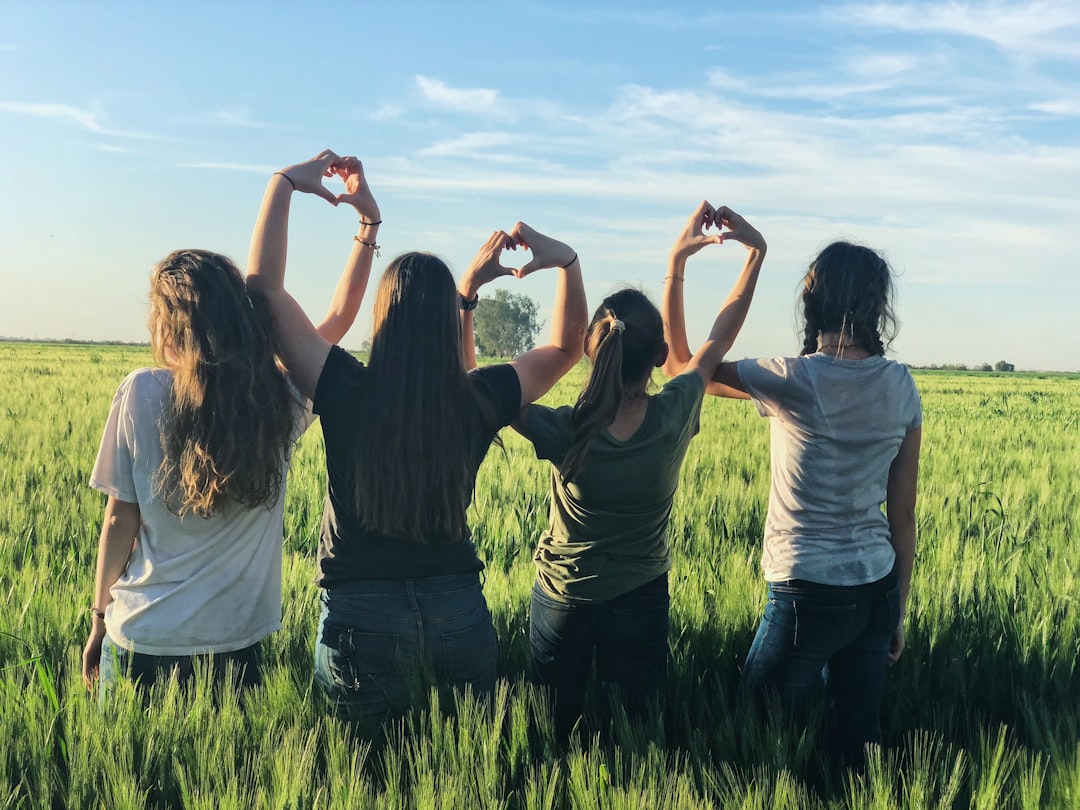What is it about?
Suicide rates among African American teenagers have increased sharply in recent years. Suicide is the third leading cause of death for African Americans, ages 15-19 years. There is an urgent need for culturally relevant preventive interventions to support African American youth. Our study examines the efficacy of a culturally relevant suicide prevention program for African American high school students.
Featured Image

Photo by Anaya Katlego on Unsplash
Why is it important?
We found that our culturally-relevant prevention program, the Adapted – Coping with Stress (A-CWS) intervention, successfully reduced suicidal thoughts among African American teens who had higher levels of suicidal thoughts before beginning the program, compared to their counterparts who did not participate in the A-CWS intervention. These reductions were the largest 12 months after participating in the intervention, indicating long-term benefits of the preventive intervention.
Perspectives
This article challenges assumptions that African American teens who have chronic exposure to environmental hazards are not ripe targets for preventive intervention. Our findings inform the public that African American teens will participate in and benefit from preventive intervention--even when problems are deep rooted and complex--when those interventions have relevancy to them. Practicing psychologists and other interventionists must become knowledgeable of recent advances in the research on what works best for African American teens, relative to suicidality detection and treatment, and they must incorporate these advances into their practice. Suicide is preventable, and suicide preventive interventions for African American teens will need to address and incorporate ethno-specific socioecological and cultural elements.
LaVome Robinson
DePaul University
Read the Original
This page is a summary of: Reducing suicidal ideation in African American adolescents: A randomized controlled clinical trial., Journal of Consulting and Clinical Psychology, September 2023, American Psychological Association (APA),
DOI: 10.1037/ccp0000849.
You can read the full text:
Contributors
The following have contributed to this page










